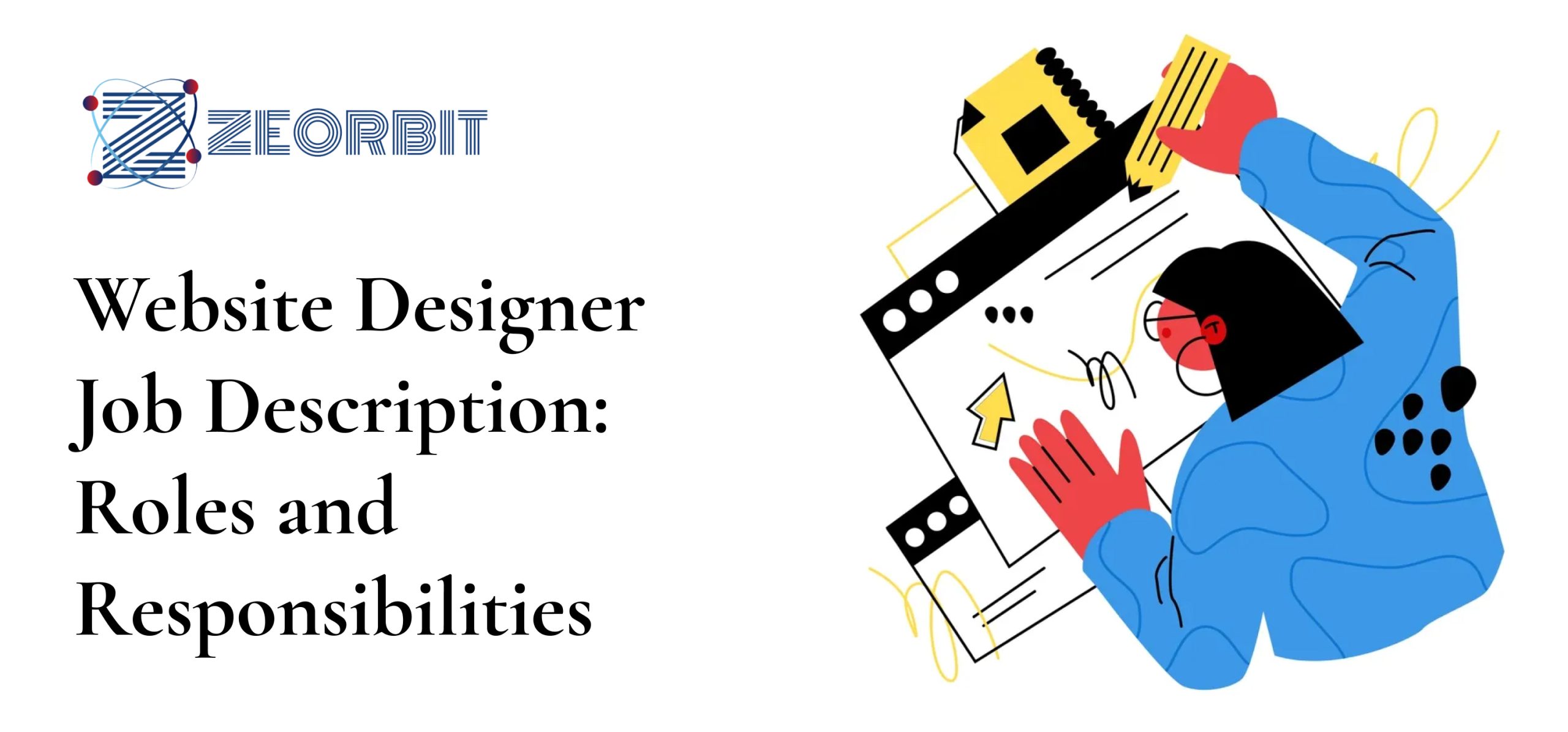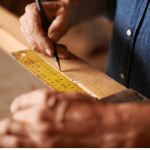Website Designer Job Description: Roles and Responsibilities
Website Designer Job Description: Roles and Responsibilities
The internet landscape is constantly evolving, and with it, the demand for skilled web designers is ever-increasing. But what exactly does a web designer do? This article breaks down the roles and responsibilities of a web designer, helping you understand what’s involved in this creative and technical field.
What is a Website Designer?
A website designer is responsible for the visual appeal and user experience (UX) of a website. They are the architects of the user interface (UI), ensuring a website is not only aesthetically pleasing but also intuitive, functional, and easy to navigate. They blend creativity with technical knowledge to create websites that effectively communicate a brand’s message and achieve its goals.
Key Roles and Responsibilities
The roles and responsibilities of a web designer can vary depending on the size and structure of the company, but generally include the following:
- Understanding Client Needs:
- Meeting with clients to discuss their requirements, target audience, and business objectives.
- Conducting research on the client’s industry and competitors.
- Translating client needs and business goals into tangible design concepts.
- Creating Design Concepts:
- Developing wireframes, mockups, and prototypes to visualize the website’s layout and functionality.
- Designing the overall look and feel of the website, including color schemes, typography, and imagery.
- Ensuring the design is responsive and adaptable to different devices (desktops, tablets, smartphones).
- Presenting design concepts to clients and incorporating feedback.
- User Interface (UI) Design:
- Designing user-friendly interfaces that are easy to navigate and understand.
- Creating visual elements such as buttons, icons, and other interactive components.
- Ensuring accessibility standards are met (e.g., WCAG compliance).
- User Experience (UX) Design:
- Conducting user research and usability testing to understand user behavior and needs.
- Creating user flows and information architecture to optimize the user journey.
- Analyzing website analytics to identify areas for improvement.
- Collaboration and Communication:
- Working closely with web developers to ensure the design is technically feasible and implemented correctly.
- Collaborating with content creators, marketers, and other stakeholders to ensure a cohesive website experience.
- Communicating design decisions and rationales effectively to team members and clients.
- Staying Up-to-Date:
- Keeping abreast of the latest design trends, technologies, and best practices.
- Continuously learning and experimenting with new design tools and techniques.
Essential Skills for Website Designers
Beyond the specific roles, certain skills are crucial for success in this field:
- Visual Design Principles: A strong understanding of typography, color theory, layout, and composition.
- UI/UX Principles: Knowledge of user-centered design principles and best practices.
- Design Software Proficiency: Expertise in tools like Adobe Photoshop, Adobe Illustrator, Sketch, Figma, and Adobe XD.
- HTML, CSS, and JavaScript Basics: A foundational understanding of front-end web development technologies. While not necessarily coding the entire website, knowing these basics allows for better collaboration with developers and understanding technical constraints.
- Communication Skills: The ability to effectively communicate design ideas, rationale, and feedback.
- Problem-Solving Skills: The ability to identify and solve design challenges creatively and effectively.
In conclusion, a website designer plays a critical role in shaping the online presence of businesses and organizations. By combining creativity, technical knowledge, and a user-centered approach, they create websites that are not only visually appealing but also functional, engaging, and effective at achieving business goals.


